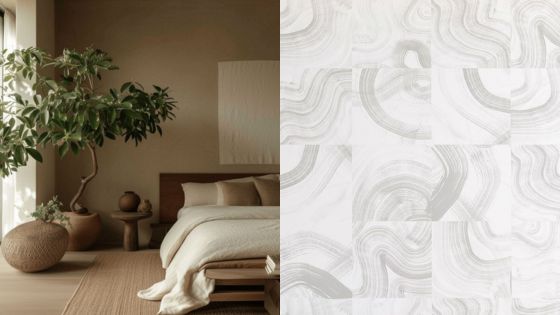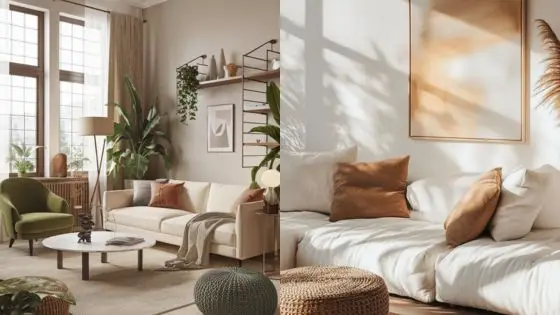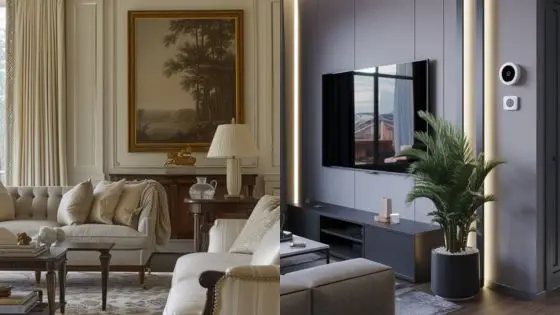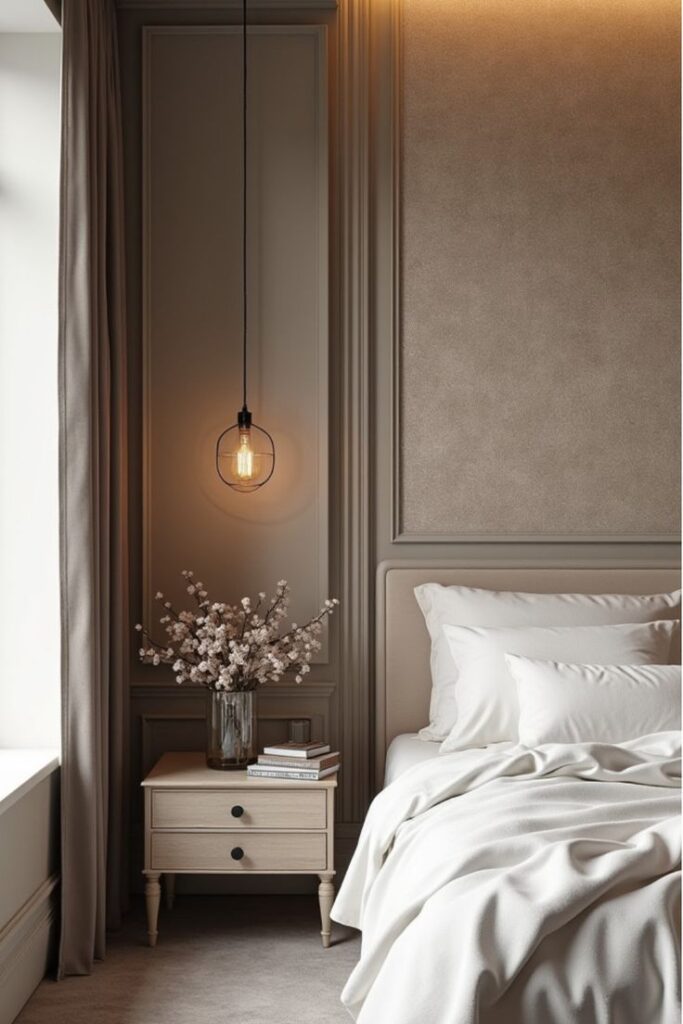
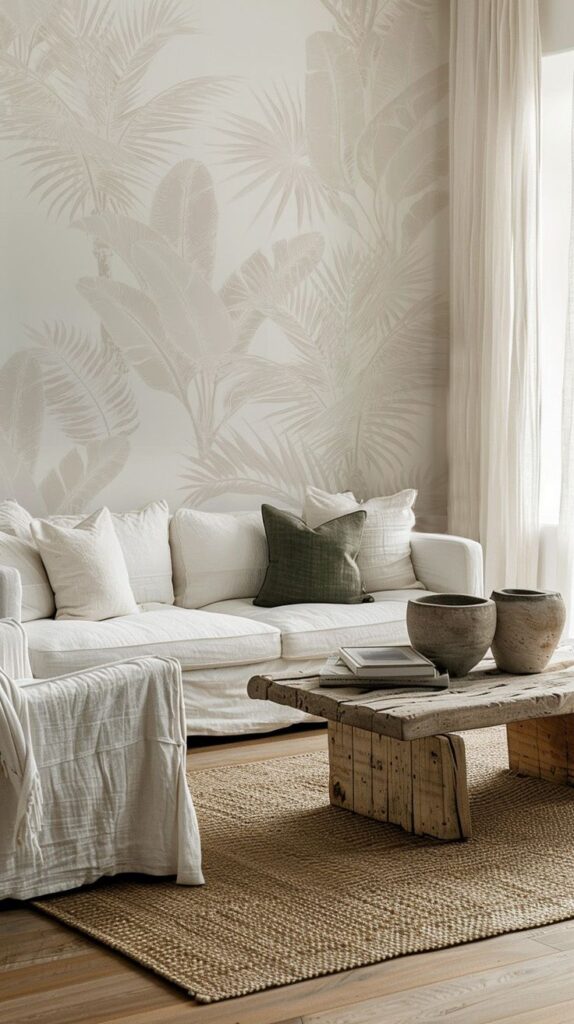
Creating the perfect living space that reflects personal style and comfort is a dream for many. The journey from selecting the right wallpaper to choosing the ideal pieces of furniture can be thrilling yet daunting. In this comprehensive guide, we’ll walk through the process of designing your dream space, ensuring each element harmonizes to create a cohesive and inviting environment.
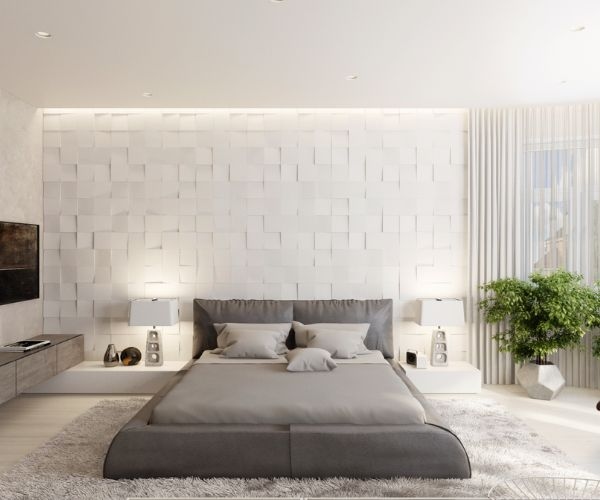
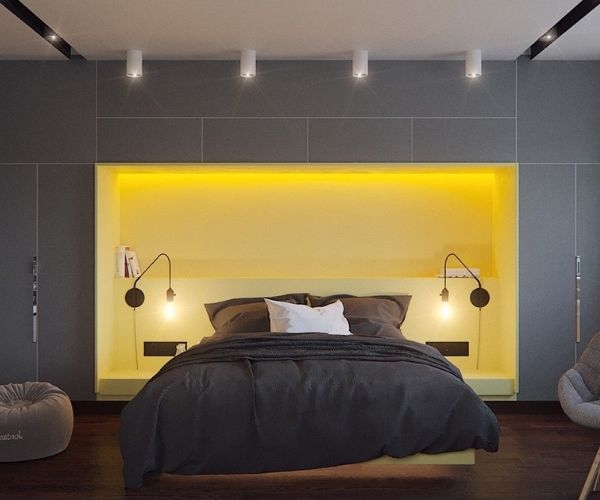
Start with a Vision
Defining Your Style
Begin by identifying your preferred aesthetic. Are you drawn to modern minimalism, cozy country, classic elegance, or eclectic mixes? Gathering inspiration from magazines, design websites, and Pinterest can help solidify your vision. Creating a mood board can visualize how different styles, colors, and textures will work together.

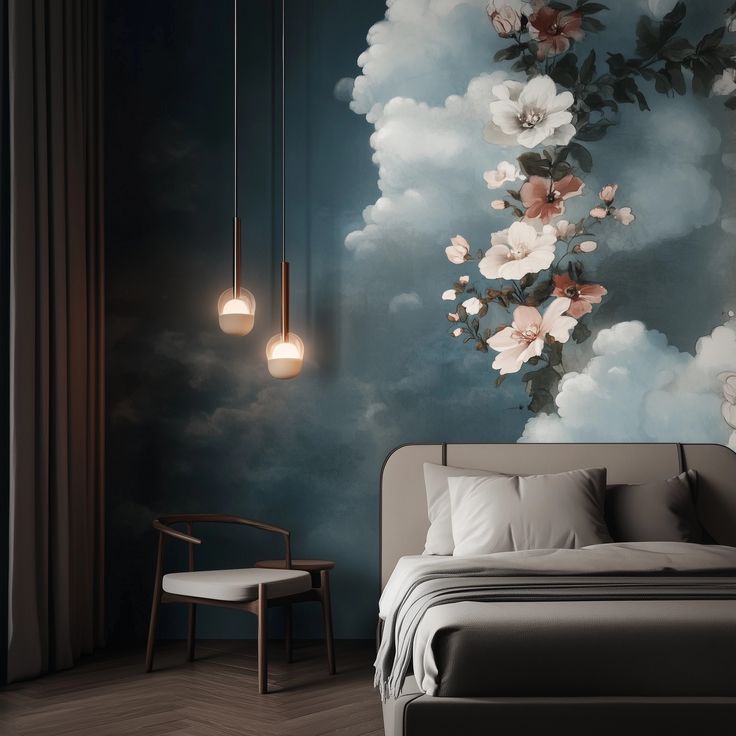
Functional Planning
Consider the function of each room. Who uses the room, and for what purpose? A well-designed space not only looks beautiful but also enhances the usability and comfort of its occupants. For example, a family room might need durable fabrics and ample storage for toys, while a home office may require good lighting and a functional desk setup.
Choosing the Right Wallpaper
Selecting the Perfect Pattern
Wallpaper Dubai can dramatically alter the look and feel of a room. A bold pattern can make a statement in a larger room, while a subtle design can add depth and texture without overwhelming a small space. Think about the mood you want to evoke—romantic florals, striking geometrics, or calming solids.
Color Considerations
Colors influence the atmosphere of a room. Light colors can make a room feel larger and more airy, while darker hues create a cozy, intimate feel. Consider the natural and artificial lighting in your room when choosing wallpaper colors to ensure they look consistent throughout the day.
Quality and Installation
Invest in high-quality wallpaper that will endure wear and tear, especially in high-traffic areas. Hiring a professional for installation can prevent expensive mistakes and ensure a smooth, flawless finish.
Selecting Furniture That Complements
Scale and Proportion
The size of the furniture should be proportional to the size of the room. Large, bulky pieces can overwhelm a small room, whereas too many small pieces in a large room can look scattered and unplanned. Measure your space before shopping and consider the scale of pieces relative to each other and the room.
Style Synergy
Choose furniture that complements your chosen wallpaper and overall design theme. Mixing styles can add character and interest, but there should be some elements that tie the pieces together, such as color, material, or design era.
Comfort and Quality
Select furniture that is not only beautiful but also comfortable and well-constructed. Check the durability of the materials, especially for frequently used items like sofas and chairs. Higher quality pieces might be more expensive upfront but can be more cost-effective over the long term.
Accessorizing Your Space
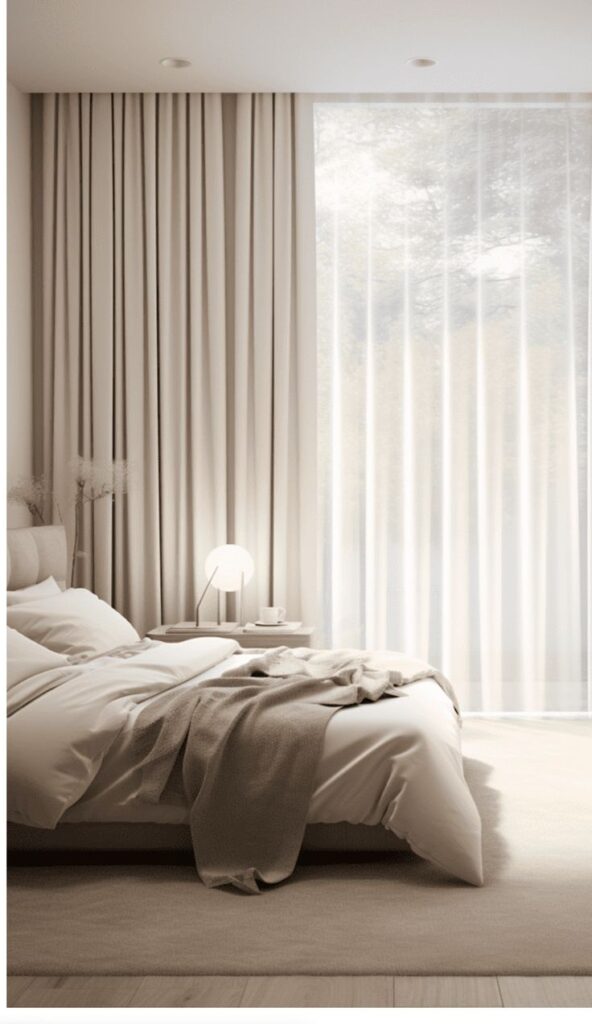
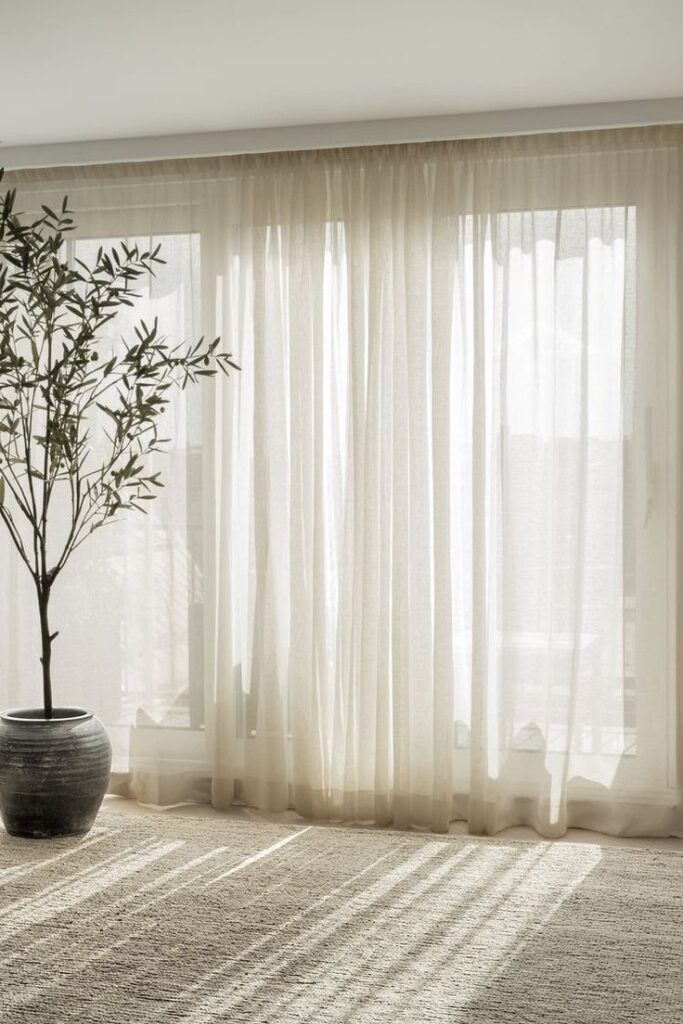
Soft Furnishings and Decor
Cushions, rugs, Curtains Dubai, and throws can add color, texture, and warmth to your space. These elements are easier to change than wallpaper and furniture, allowing for flexibility in updating the look of your room with seasons or trends.
Art and Personal Touches
Incorporate art and personal items to make the space truly yours. Whether it’s family photos, paintings, or unique finds from your travels, these items will add personality and tell your story within your home.
Lighting
Lighting is crucial in interior design. It not only serves a functional purpose but can also enhance the mood and appeal of a room. Combine a variety of sources, such as overhead lights, task lighting, and accent lights to create a layered, inviting space.
Practical Tips for Execution
Budgeting
Set a realistic budget before you start. It’s easy to get carried away with beautiful designs and high-end materials, but there are often cost-effective alternatives that can achieve a similar look without breaking the bank.
Timeline
Design projects can take longer than anticipated. Set a timeline for completion that includes some buffer time for unexpected delays. Being realistic about timing can reduce stress and make the decorating process more enjoyable.
Professional Help
While DIY projects can be rewarding, some aspects of room design are best left to professionals. Don’t hesitate to hire an interior designer, especially for significant changes. They can provide valuable insights and resources that save time and money in the long run.
Conclusion
Designing your dream space is a journey that involves creativity, patience, and attention to detail. Each decision plays a crucial role in creating a cohesive and enjoyable environment, from selecting the right wallpaper to choosing furniture that reflects your style. By planning carefully and making informed choices, you can transform any room into a beautiful and functional space that feels uniquely yours. Whether you undertake this project alone or with professional help, the result—a space crafted to your tastes and needs—will be well worth the effort.
- 43shares
- Facebook0
- Pinterest43
- Twitter0

